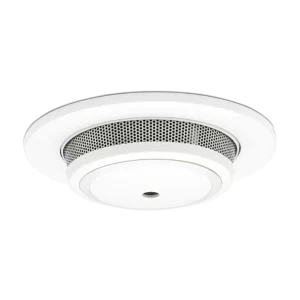It’s that time again – daylight savings is just around the corner!
Daylight savings changes happen twice a year and have become the traditional time to check your smoke alarm. t’s a quick and easy process to ensure your home and family are protected. See our basic checklist below:
Smoke Alarm Checklist
- It is vital that you clean your alarm with a with a cloth and vacuum around the mesh with the brush fitting – ensure they are free of any dust, cobwebs or other debris (this should be done monthly)
- Check the alarm is still working – push the test button to sound the alarm.
- Check the expiry date – if it’s due to expire find your closest retailer and pick up some new CAVIUS alarms
- Check that you have the correct placement for your alarms – CAVIUS recommends a smoke alarm in every bedroom, hallway and lounge as well as thermal heat alarms in places such as the kitchen, laundry, and garage. Also ensure that you place alarms a minimum of 50cm away from the wall.
- Check if your alarm is photoelectric – if not, it is time to upgrade. NZ Fire Emergency recommend installing a long-life photoelectric smoke alarm in every bedroom as a minimum
- Ensure everyone in the household has a fire escape plan so they know what to do in the case of a fire
- Consider Wireless Smoke and Heat Alarms – when one triggers, they all sound, meaning everyone knows if a fire is developing somewhere in the home. This is a particularly good option if your home is over two levels or spread out.
A huge amount of homes in NZ have smoke alarms which the batteries are dead, expired, not placed in the correct locations, or are missing completely. If you fall under one of these categories head along to your closest retailer today and pick up some CAVIUS alarms.
Got a question? Contact us today – we’re here to help!
The Minister for Building and Housing, Nick Smith, announced last July there would be changes to The Residential Tenancies Act. One of these new regulations would mean that landlords must install Longlife Photoelectric smoke alarms into their properties. This is great news for tenants and landlords as the statistics show that 89% of fatal domestic fires occur in rental properties in NZ


